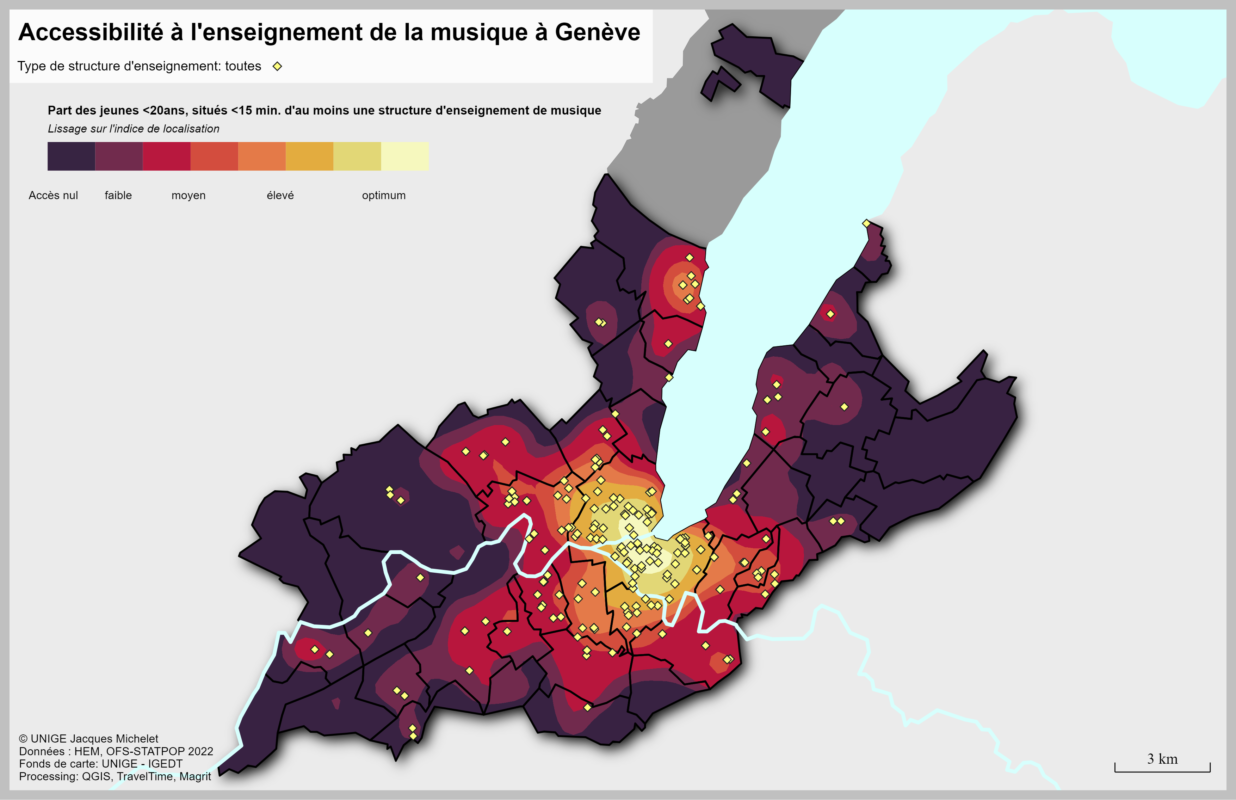A new trend: opera based on film
At a time when opera is seen as an outdated genre, institutions are increasingly commissioning works based on film to dust off its image.
In March 2023, the Grand Théâtre de Genève hosted the world premiere of Journey to hope by Christian Jost, based on the film Reise der Hoffnung (1990) by Xavier Koller. This new repertoire, which uses film as a source rather than literature or theater, is not, however, limited to a rejuvenation of opera. While we are accustomed to seeing opera adapted into film, the opposite movement is surprising and invites us to question the notions of operatic and cinematographic that accompany the debate around this new genre, presented as departing from the operatic tradition. In Film into Opera: From Operatic to Cinematic DramaturgyWe test the validity of this hypothesis by analyzing the adaptation of certain key works in this category of operas, to determine whether changing the type of source is enough to substantially alter the dramaturgy and thus create a "cinematic opera".
From film to opera
In Orphée (1993), Philip Glass adapted Jean Cocteau's film of the same name (1950), retaining the text. Citing questions of length, he makes some cuts, presented as not affecting the original work. However, a closer look reveals that there's nothing innocent about the pruning. Glass rearranges highly cinematic sequences, such as those that rely on numerous shot changes. In this way, he recreates a traditional operatic dramaturgy and avoids staging problems. In this way, he delivers not a film opera, but an opera from a script.
In Brief Encounter (2009), André Previn adapts David Lean's film of the same name (1945), but also draws on Still Life (1936), the play
Noël Coward's stage play, which was the inspiration for the film. Whereas the film makes extensive use of the heroine's voice-over, which leads the audience to identify with her, Previn dispenses with it. In order to give access to the inner world of the characters, he favors arias, distributed among all the protagonists, which changes the narrative considerably. In addition, he transcribes certain close-up shots, focusing attention on a single character, using operatic devices, thus proving that his dramaturgy is not cinematographic.
In The Exterminating Angel (2016), Thomas Adès adapts Luis Buñuel's film of the same name (1962), but adds other texts to emphasize certain aspects not developed in the feature film. In addition, he tends to group together passages of discussion on the same subject that are disjointed in the film, replacing the conversational tone with linear narration. He thus creates arias, duets, trios or ensembles, returning to a traditional operatic dramaturgy.
Thanks to the study of these three cases, Film into Opera: From Operatic to Cinematic Dramaturgy shows just how different film-to-opera adaptations can be. However, the works analyzed are not, strictly speaking, film operas, since in one way or another they revert to a classical operatic dramaturgy. In any case, their study offers tools for assessing the adaptation processes employed in operas based on films, and highlights a fascinating corpus of new works, destined to grow in the coming decades.
Find out more
Delphine Vincent, Film into Opera: From Operatic to Cinematic DramaturgyLucca, Libreria Musicale Italiana, 2023,








